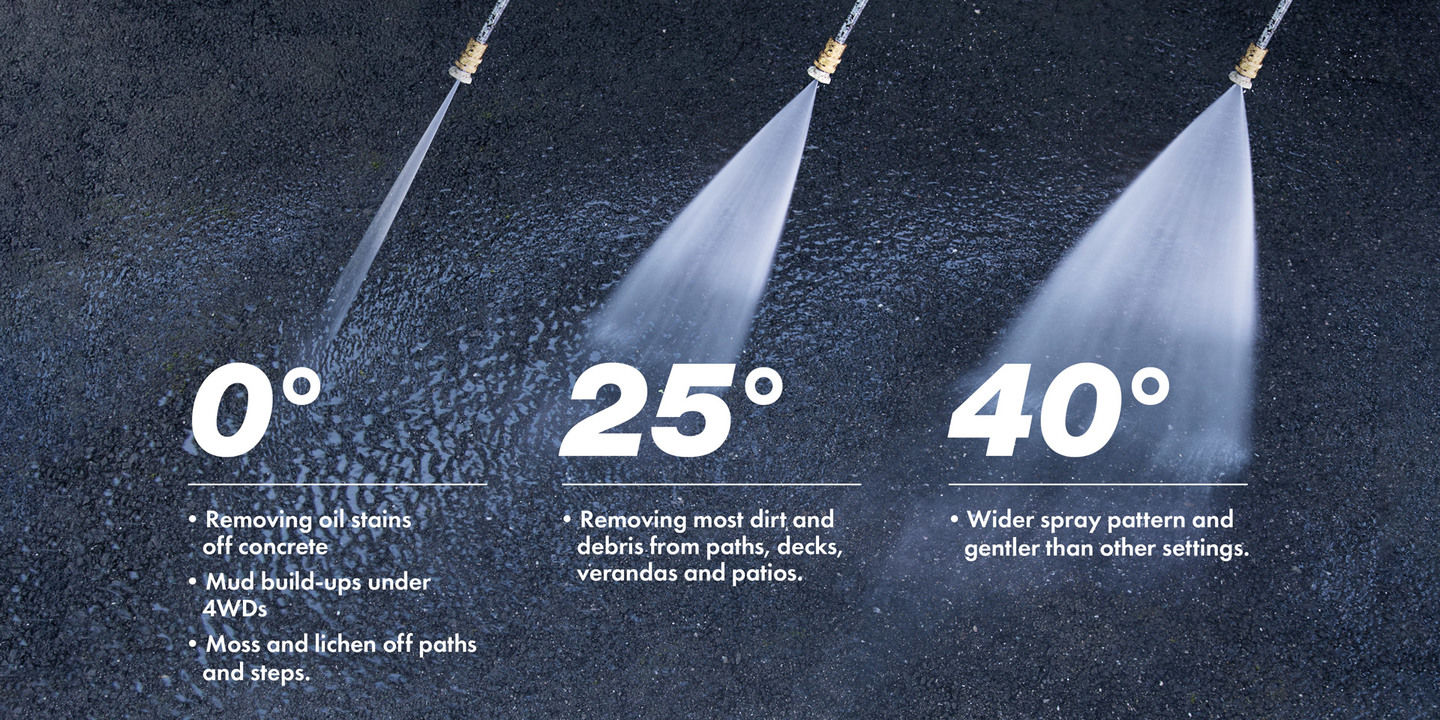
Drill into timber, soft metal and hard materials including brick and concrete with the RYOBI 18V ONE+ Hammer Drill.
Total $0.00
Or place an order at your local Bunnings at the Customer Special Order desk. Stock availability depends on store or location.
Place your orders at Bunnings for in-store pickup or delivery. Find out more

Start typing in the search bar. Our autocomplete feature will provide relevant suggestions. Press 'tab' to accept an autocomplete suggestion.
Experience powerful and efficient outdoor cleaning with RYOBI's range of Pressure Washers and Surface Cleaners. High-pressure settings and manoeuvrable designs make them easy to use for various cleaning jobs. They're great tools for removing dirt, grime and stains from outdoor surfaces, including driveways, decks and vehicles.
They produce high pressure water streams while their different nozzles remove dirt, debris and stubborn stains from paths, driveways, decks, vehicles, boats and sheds. They can even clean home exteriors and windows. Pressure washers come in many sizes and pressure outputs and have an array of built-in, on-board features and accessories. Consequently, some are better suited to certain tasks than others. Knowing what you want to use a pressure washer for will help in your purchasing decision.
Take the pressure off yourself when it comes to cleaning. Get yourself a high pressure washer that'll do the work for you. Explore the range.
Family cars don’t need a lot of pressure to clean them, but a muddy 4WD will need a lot more. Cleaning a dirty garden path doesn’t require a lot of pressure, but removing oil stains from a garage floor or driveway does. As a quick guide, a large area, or a particularly dirty item will be cleaned quicker and more effectively with a higher-pressure machine.
Water pressure is measured in PSI (and sometimes Bar). You can expect to pay more for a higher PSI-rated machine so it pays to buy a model that suits your task and space. Higher pressure models can clean concrete quickly and easily and even reach second storey windows. But too much pressure can damage delicate surfaces, even car paintwork when paired with a 0° nozzle.
Flow rate, measured in litres per minute (lpm), indicates how much water a pressure washer uses. An average garden tap has a flow rate of around 40-60 lpm, whereas most pressure washers save water by having flowrates under 10 lpm. It’s the combination of flow rate and pressure that makes a pressure washer effective at cleaning. The pressure X flow rate = how effective the model’s cleaning power is.

Nozzles direct the pressurised water produced from the washer’s motor on to the targeted area. Most pressure washers in the market have interchangeable nozzles to suit a variety of tasks.

Look for a pressure washer that stores its various nozzles, hoses and lances on-board. A wind-up pressure hose can be a useful feature.

The combination of power cord length (for electric models) and pressure hose length determines the cleaning reach of a unit. The longer the cleaning reach, the more freedom you have to move around without having to reconnect to a power source. Note that some models have shorter cords and hoses than others.

.png?w=220&itok=N48t9j0b)